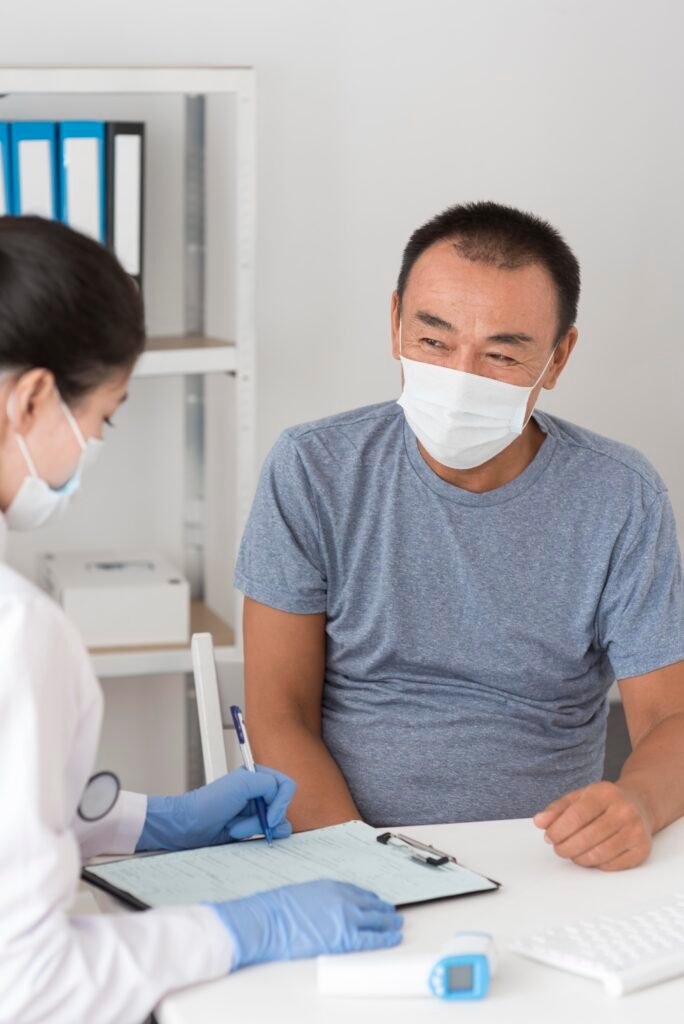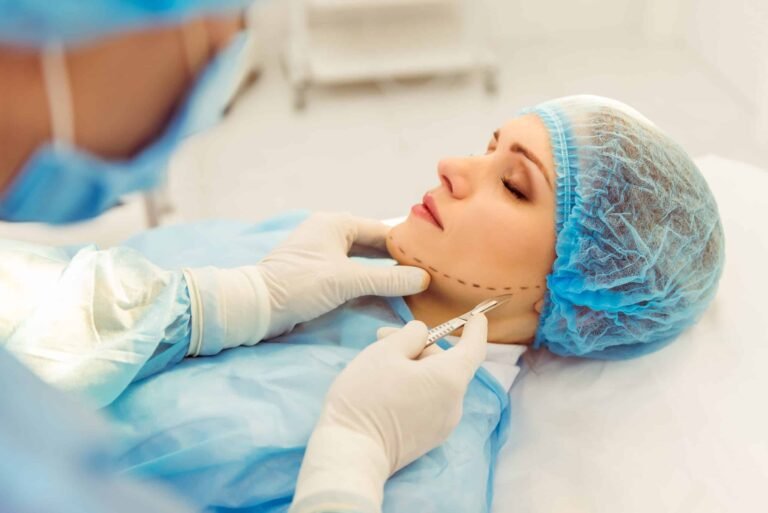If you’re considering traveling to South Korea for melasma treatment, one of the most important questions to plan for is:
“How long should I stay in Korea to complete treatment and recovery?”
The answer depends on your melasma type, treatment method, skin sensitivity, and how many sessions you can realistically complete during your trip. This guide breaks down the ideal duration of stay based on treatment plans and recovery timelines—so you can maximize results while making the most of your time in Korea.
🌞 Why Duration Matters for Melasma Treatment
Melasma is a chronic pigmentation disorder that often requires:
- A multi-session approach
- Customized care for skin type and melanin depth
- Time for healing between laser or peel sessions
Korean dermatology clinics excel at combining different technologies (like laser toning + mesotherapy + skincare) within a short timeline. But to ensure your skin heals properly, you should give your body time to rest and react between sessions.
🧳 Recommended Stay Based on Treatment Type
Below is a practical breakdown of how long international patients should stay in Korea depending on the treatment approach.
🩺 1. One-Time Laser Session + Consultation
- Stay Duration: 2–3 Days
- Ideal for: Mild melasma or touch-up treatments
- Includes:
- In-person skin analysis
- One Q-switched Nd:YAG or Pico laser session
- Aftercare guidance
- Benefits:
- Quick treatment
- Minimal downtime (redness for 1–2 days)
- Ideal for travelers on a tight schedule
🔹 Note: Not suitable for patients with deep dermal melasma or chronic recurrence.
💡 2. Multi-Session Laser Toning Package (Most Popular)
- Stay Duration: 7–10 Days
- Ideal for: Moderate melasma, especially mixed-type
- Includes:
- Initial skin diagnosis
- 2–3 laser sessions spaced out over several days
- Vitamin C or tranexamic acid therapy (topical or injection)
- LED calming therapy or PRP
- Benefits:
- Allows skin to recover between treatments
- More effective than single-session plans
- Often part of medical tourism packages
🕒 Example Schedule:
Day 1: Consultation + First session
Day 3: Second session
Day 6–7: Final session + Aftercare products + Review
💉 3. Combination Therapy (Laser + PRP + Peels)
- Stay Duration: 10–14 Days
- Ideal for: Persistent or dermal melasma, hormonal pigmentation
- Includes:
- Up to 3–5 laser sessions
- PRP or mesotherapy (skin booster injections)
- Custom chemical peels (low-dose for melasma-prone skin)
- Full skincare kit for post-treatment
- Benefits:
- Tackles pigmentation from multiple layers
- Rebuilds the skin barrier and lightens tone
- Best for long-term results with minimal recurrence
📝 Note: Some clinics offer “every other day” treatments to balance recovery and intensity.
🧴 4. Long-Term Melasma Control Program
- Stay Duration: 2–4 Weeks (or follow-up visits)
- Ideal for: Chronic, hormone-induced, or relapse-prone melasma
- Includes:
- Customized long-term laser schedule
- Bloodwork and hormonal evaluation (optional)
- Anti-pigment oral medications (e.g., tranexamic acid tablets)
- Skin barrier repair treatments
- Benefits:
- Most comprehensive care
- Helps break the melasma cycle
- Best for patients who’ve had poor results elsewhere
💡 Some clinics can compress a 4-week plan into 2 weeks with back-to-back mild laser and recovery sessions—but this must be tailored.
🧴 Post-Treatment Recovery Timeline
Regardless of your stay length, plan for:
| Treatment Type | Initial Downtime | Sun Protection Needed |
|---|---|---|
| Laser Toning | 1–2 days redness | 2+ weeks SPF 50 daily |
| Pico Laser | 2–3 days redness/swelling | 2+ weeks |
| PRP | Mild swelling for 1–2 days | 1+ week |
| Peels | Flaking 2–5 days | 1–2 weeks sunscreen use |
✈️ Travel Tips for Medical Tourists
- Schedule your treatments early in the trip so you have time for follow-up.
- Avoid outdoor activities post-treatment—UV exposure can undo progress.
- Book a centrally located hotel near Gangnam or Myeongdong for clinic access.
- Ask your clinic about remote follow-up after returning home.
- Bring or buy medical-grade sunscreen in Korea—many clinics also offer it as part of the package.
✅ Final Takeaway: Stay at Least One Week for Best Results
If you’re serious about treating melasma in Korea, plan to stay a minimum of 7–10 days. This allows time for skin analysis, multiple treatment sessions, and optimal healing—without rushing. A longer stay (up to 2 weeks) is ideal for those with stubborn or deep pigmentation.
Need help building a custom melasma treatment itinerary in Korea?
We can help match you with clinics, create travel plans, and provide sample schedules based on your skin type and stay length.




